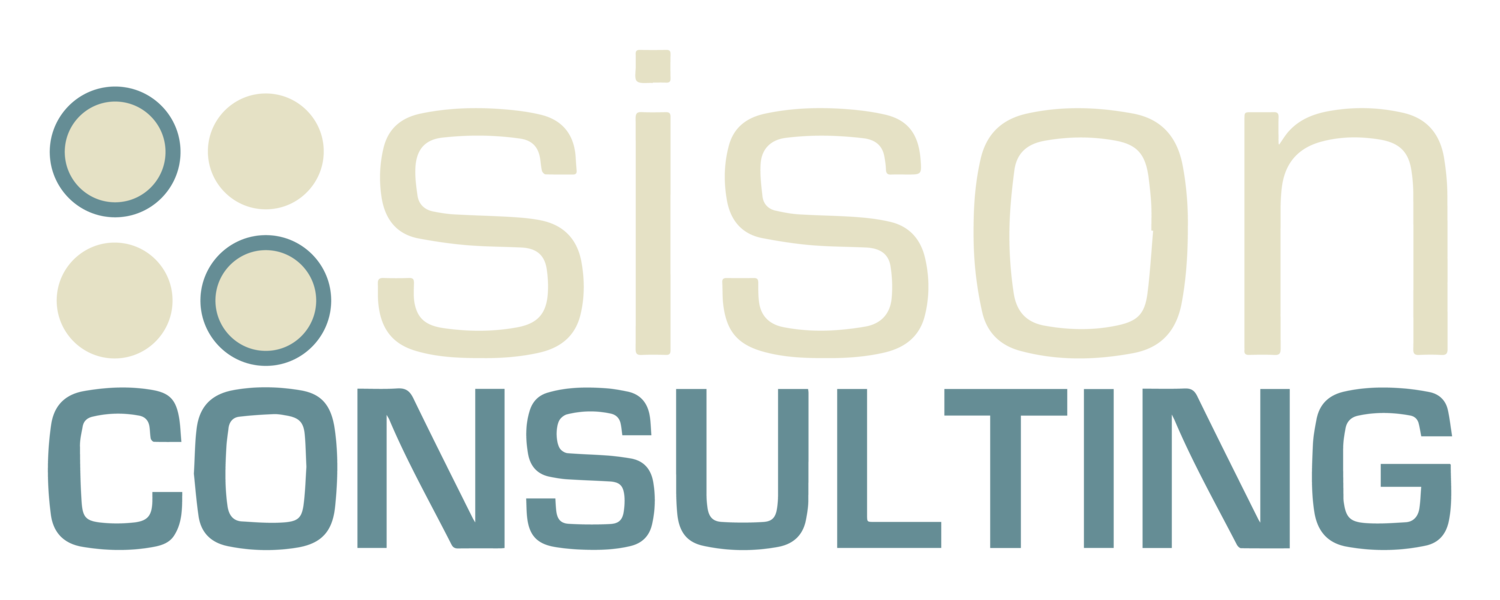3 Reasons “Repeating it Back” is a Great Idea
The Magic of Reflective Communication
Psychologists often use the term “reflection” to mean repeating back what is said to them. This practice is also sometimes referred to as “Three Way Communication” in business environments.
Photo by Christina @ wocintechchat.com on Unsplash
Medical professionals and others who work in life-death situations or ultra-high risk settings use reflection routinely. For example, when a doctor gives a verbal order of “Give 1 mg of epinephrine” during a cardiac arrest, the nurse repeats it back, saying, “I have 1 mg of epinephrine. 1 mg of epinephrine delivered.”
Since this repeat back technique works so well in emergencies and other situations, I know you will find it valuable to use frequently in your communications. And here are three reasons why:
1: Repeating acknowledges receipt of information
Have you ever said something to someone and what you hear back is...nothing? You wonder, “Did I interrupt them? Do they not hear me? Are they thinking about what I said?” This is frequent frustration today, when everyone is spending about 85% of their waking hours staring at screens large and small.
When information is given to you, simply summarizing or quickly restating what you heard is an efficient way of telling a person that you have received the message and value what they say.
2: Repeating increases accuracy
Have you ever left a conversation thinking you knew exactly what the other person said, only to feel confused shortly afterward. The next time, before you leave, try quickly reflecting back what was said. It sounds like this:
“Hey boss, do I have it right? You said…” or “OK, we need these three things from the grocery, right…”
Doing this simple procedure allows for real-time correction of any mis-communications, decreases conflict and eliminates the need for re-work.
3: Repeating increases empathy
In addition to repeating back what people say, you can also reflect how they said it. Doing this not only shows that you are listening to the words but that you are also empathizing with the attached emotion.
For instance, a family member makes a request and you reply, “OK I think I understand, you want me to …, and it sounds like you are really in a hurry.” The result is you are perceived as more in tune not only to the words but the attached feelings.








